Rising Data Consumption
The Memory IC Market is experiencing a surge in demand driven by the exponential increase in data consumption across various sectors. With the proliferation of smart devices, cloud computing, and big data analytics, the need for high-capacity memory solutions has intensified. According to recent statistics, the global data sphere is projected to reach 175 zettabytes by 2025, necessitating advanced memory technologies to manage this influx. This trend indicates that manufacturers must innovate to provide efficient and scalable memory solutions, thereby propelling growth in the Memory IC Market. As industries increasingly rely on data-driven decision-making, the demand for robust memory solutions is likely to continue its upward trajectory, influencing market dynamics significantly.
Emergence of 5G Technology
The rollout of 5G technology is poised to have a profound impact on the Memory IC Market. With its promise of faster data speeds and lower latency, 5G is expected to drive the demand for advanced memory solutions that can support high-bandwidth applications. Industries such as telecommunications, entertainment, and healthcare are likely to benefit from the enhanced capabilities of 5G, leading to increased data traffic and storage requirements. The market for memory ICs designed for 5G applications is anticipated to grow significantly, with projections indicating a compound annual growth rate of over 18% in the coming years. This trend suggests that memory manufacturers must focus on developing high-performance memory solutions that can keep pace with the demands of 5G technology, thereby shaping the future of the Memory IC Market.
Growth of Internet of Things (IoT)
The proliferation of the Internet of Things (IoT) is a key driver for the Memory IC Market. As more devices become interconnected, the demand for memory solutions that can support real-time data processing and storage is escalating. IoT applications, ranging from smart home devices to industrial automation, require efficient memory architectures to handle the vast amounts of data generated. The IoT memory market is projected to expand significantly, with estimates suggesting a growth rate of around 25% over the next few years. This growth indicates that memory manufacturers must innovate to provide solutions that cater to the unique requirements of IoT applications. Consequently, the Memory IC Market is likely to evolve, focusing on low-power, high-density memory solutions that can meet the demands of an increasingly connected world.
Expansion of Automotive Electronics
The automotive sector is undergoing a transformation with the rise of electric vehicles (EVs) and advanced driver-assistance systems (ADAS), which is significantly impacting the Memory IC Market. Modern vehicles are equipped with numerous electronic components that require efficient memory solutions for data processing and storage. The automotive memory IC market is anticipated to grow at a rate of approximately 15% annually, driven by the increasing demand for smart features and connectivity in vehicles. This trend indicates that memory manufacturers must adapt their offerings to meet the specific needs of automotive applications, thereby creating new opportunities within the Memory IC Market. As the automotive landscape evolves, the integration of advanced memory technologies will be crucial for enhancing vehicle performance and safety.
Advancements in Artificial Intelligence
The integration of artificial intelligence (AI) technologies is reshaping the Memory IC Market. AI applications require substantial memory resources to process vast amounts of data efficiently. As organizations adopt AI for various applications, including machine learning and deep learning, the demand for high-performance memory solutions is expected to rise. The market for AI-related memory ICs is projected to grow at a compound annual growth rate of over 20% in the coming years. This growth suggests that memory manufacturers must focus on developing specialized memory products that cater to the unique requirements of AI workloads. Consequently, the Memory IC Market is likely to witness a shift towards more sophisticated memory architectures that can support the increasing complexity of AI applications.

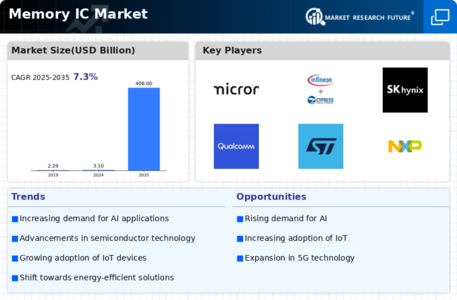
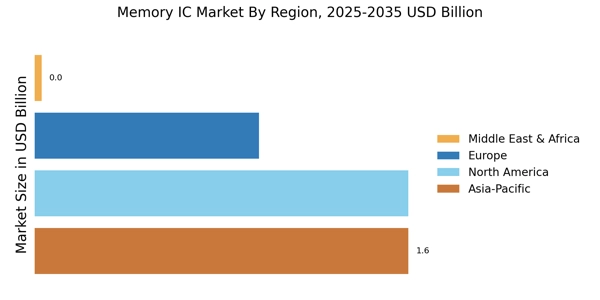
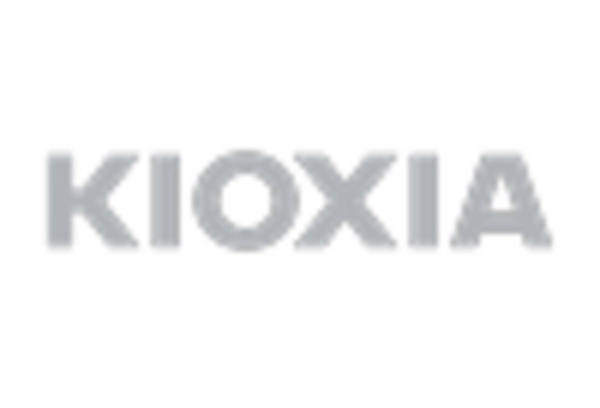
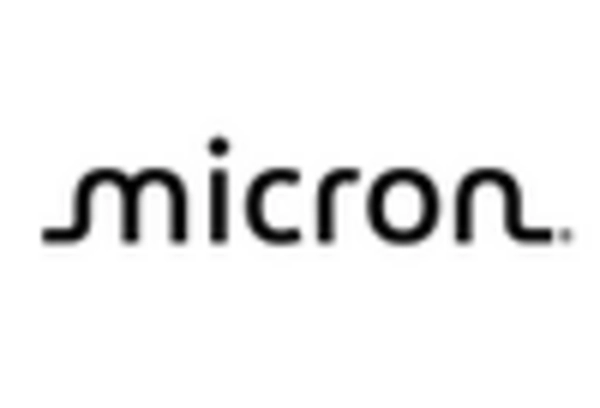
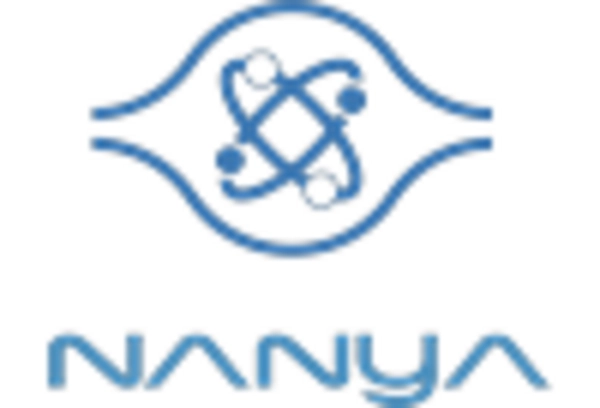


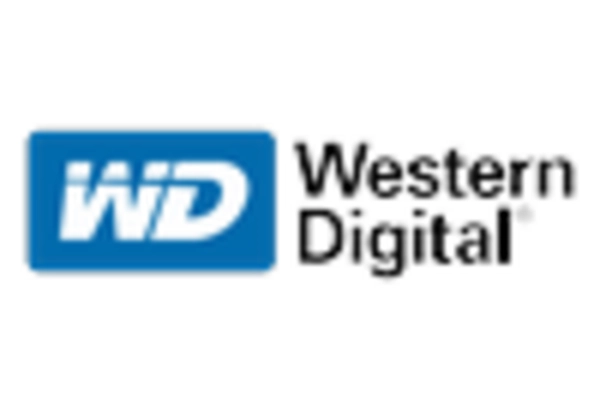








Leave a Comment